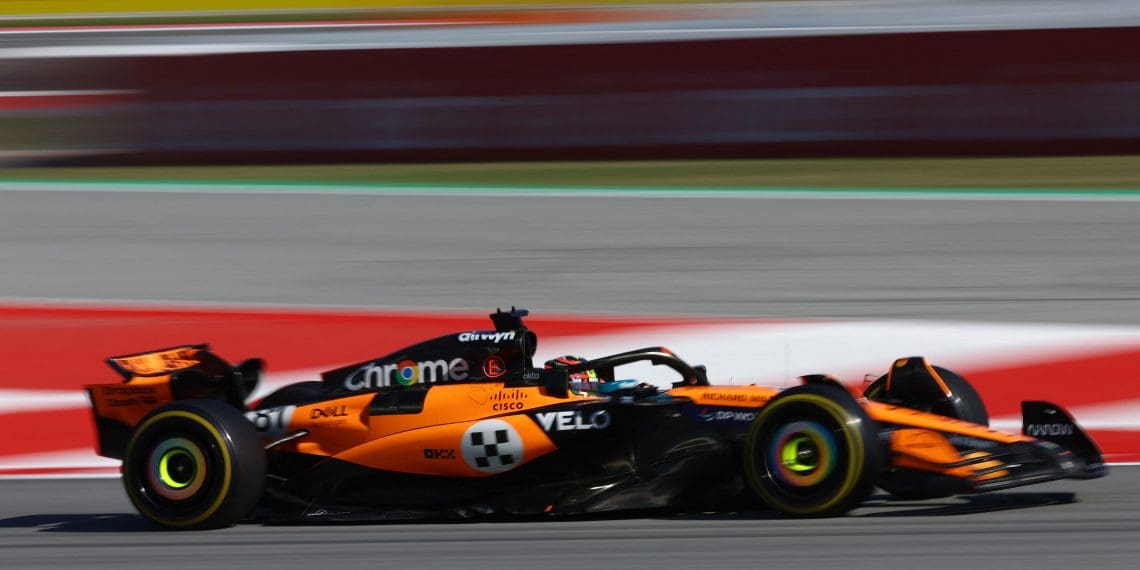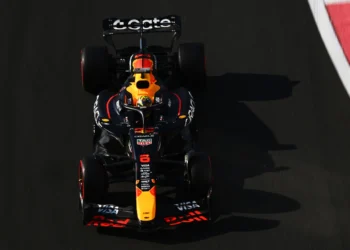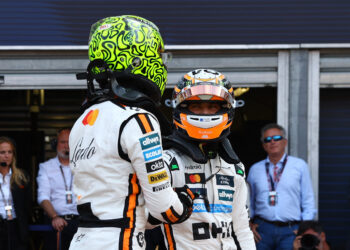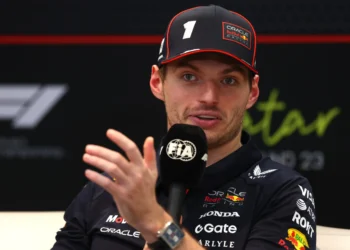McLaren Dominates with Telemetry Data Revealing Secrets of Flexi-Wings in Spanish Grand Prix
The Spanish Grand Prix weekend has been rocked by a groundbreaking Technical Directive that has the potential to shake up the competitive landscape in Formula 1. The burning question on everyone’s mind is how this new directive will impact the race dynamics and which team will come out on top in terms of performance and championship standings.
After the second free practice session, it’s evident that McLaren is still the team to beat, showcasing their dominance on the track. With the season already one-third over, McLaren has firmly established themselves as the frontrunners in terms of sheer speed, a fact that is mirrored in the Constructors’ Championship standings.
The introduction of new regulations restricting the flexibility of front wings was expected to be a game-changer, especially after the controversies surrounding Mercedes’ front wing and McLaren’s ‘mini-DRS system’ last season. However, despite the speculation, the pecking order seems largely unchanged after a more representative FP2 session.
Oscar Piastri set the pace, followed by Russell and Verstappen, with Lando Norris hot on their heels. The telemetry data from the session indicates that McLaren is maintaining its lead, with Piastri consistently outperforming Russell and Verstappen across all three sectors.
One key area where McLaren excelled was in corners demanding strong front-end grip, such as Turns 3 and 4, where Russell struggled to match Piastri’s performance. These struggles can be attributed to reduced front wing flexibility, leading to understeer and a lack of front-end downforce, especially in high-speed corners.
While the new Technical Directive may have played a role in these performance differences, it’s clear that McLaren’s attention to detail and technical prowess are key factors in their continued success on the track.
As teams focused on gathering long-run data and shaping their race strategies during FP2, McLaren’s performance on different tire compounds came under scrutiny. While McLaren appeared less dominant on medium compound long runs, their strategic split between soft and medium tires showcased their versatility and adaptability.
With Verstappen posting the best time on soft compounds and Norris, Leclerc, and Russell following closely behind, the race for pole position promises to be intense. However, the caveat remains that without full knowledge of fuel loads, engine modes, and individual team strategies, drawing definitive conclusions from this data requires caution.
As the Spanish Grand Prix unfolds, all eyes will be on McLaren as they continue to push the boundaries of innovation and performance in Formula 1, solidifying their position as the team to beat in the 2021 season.










